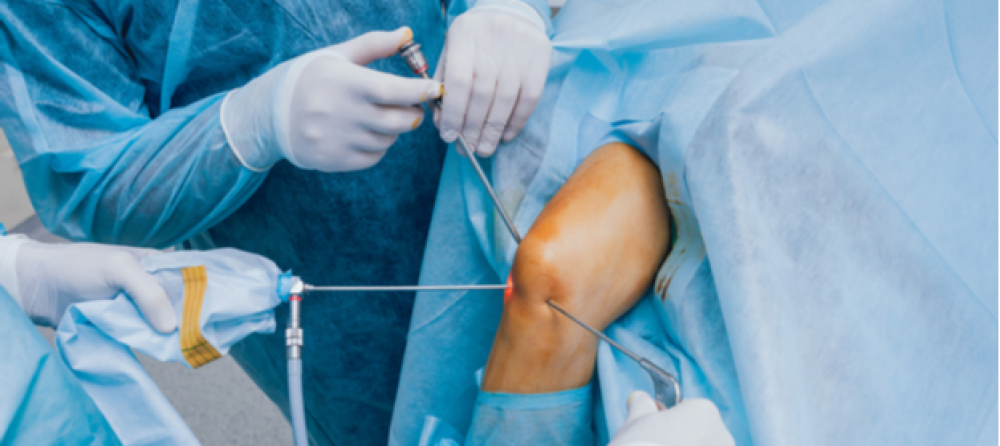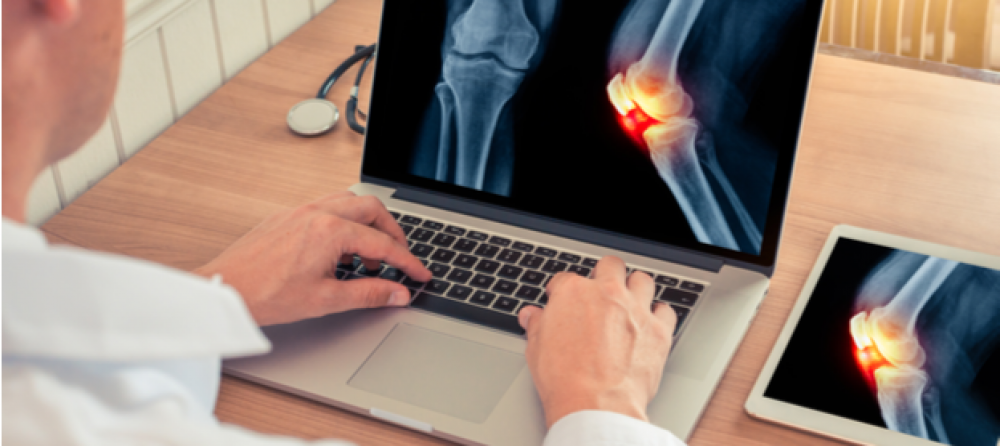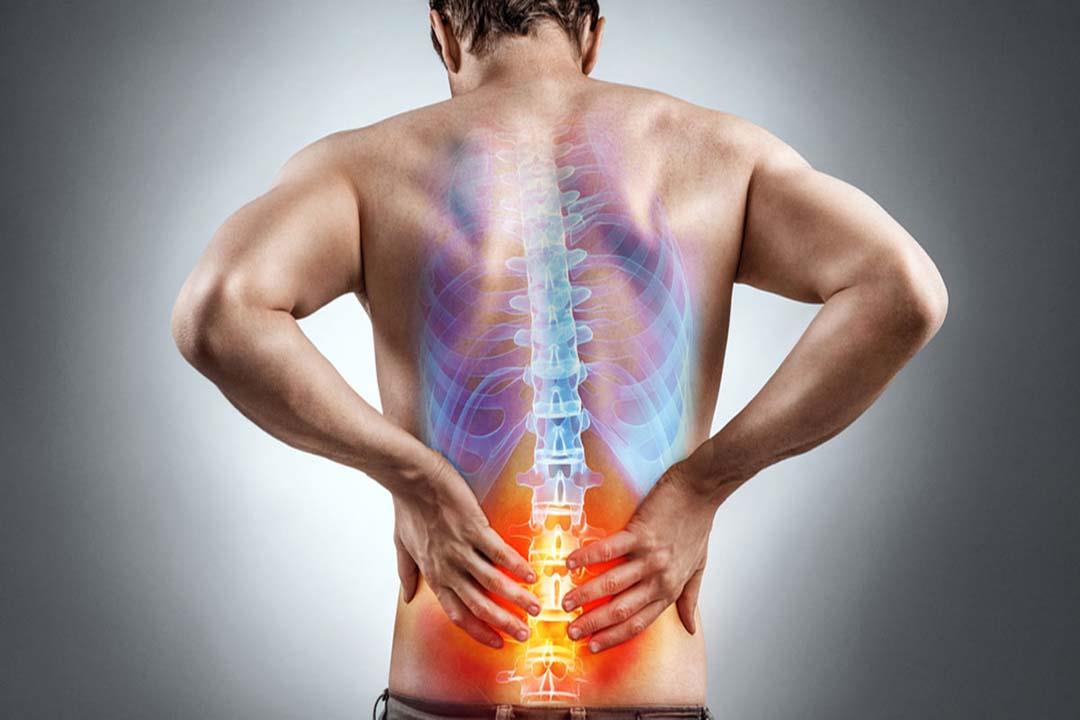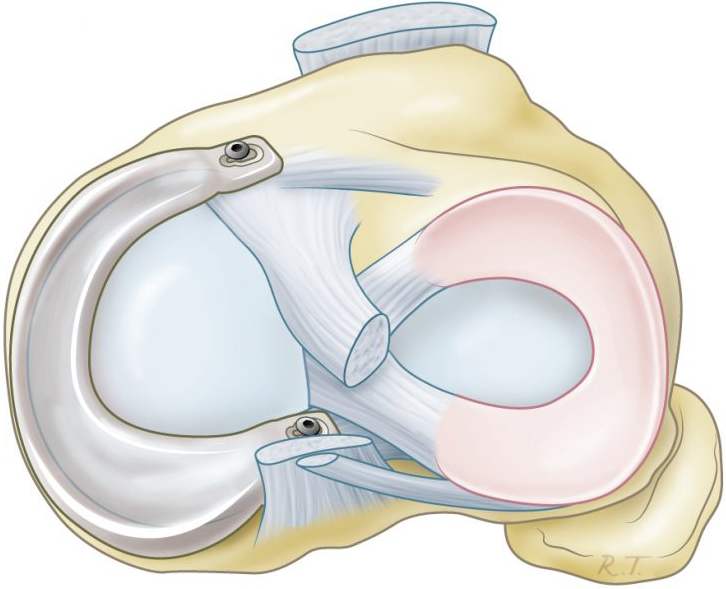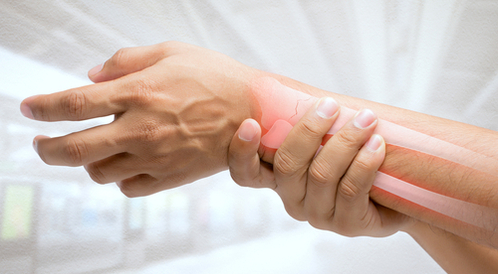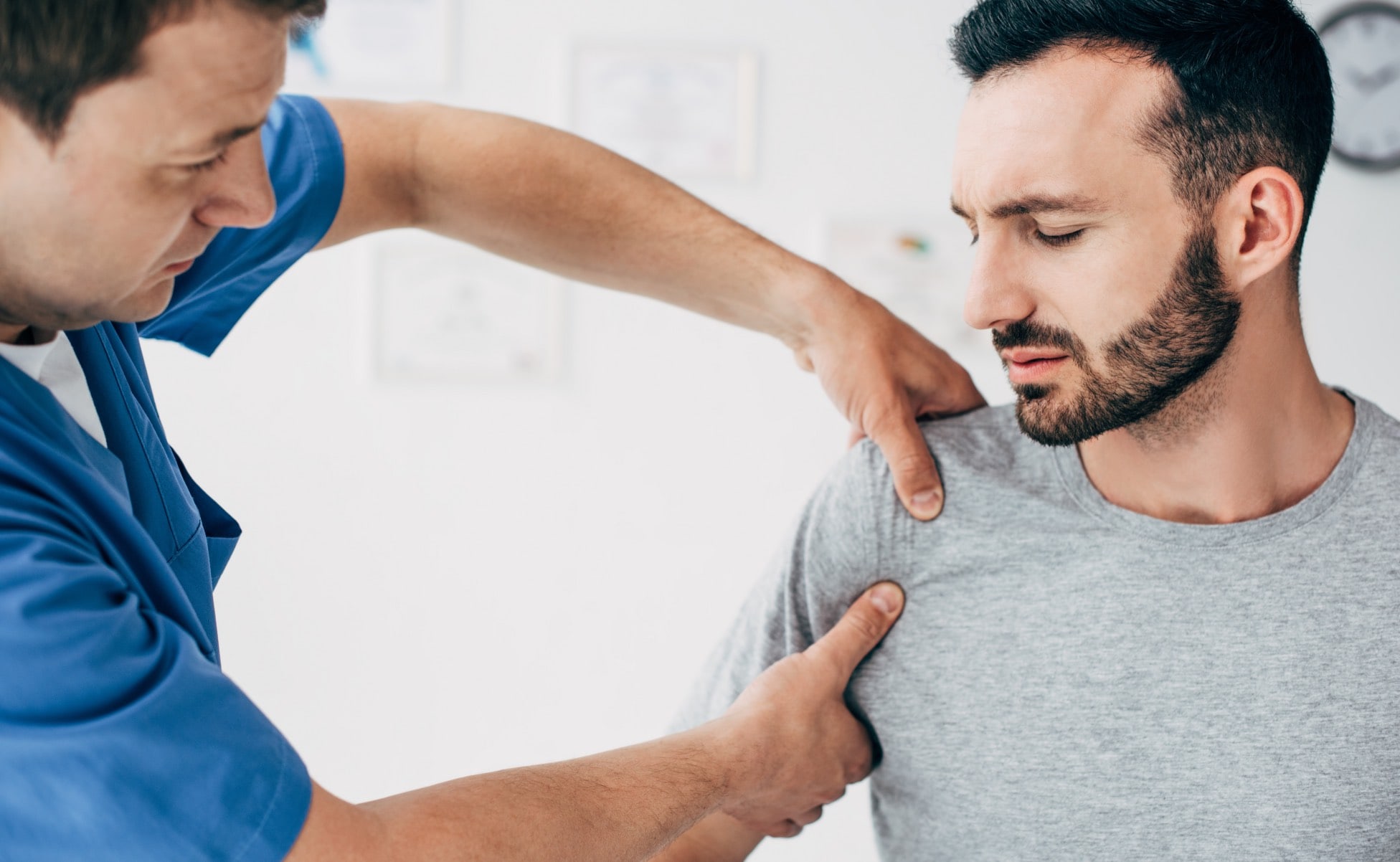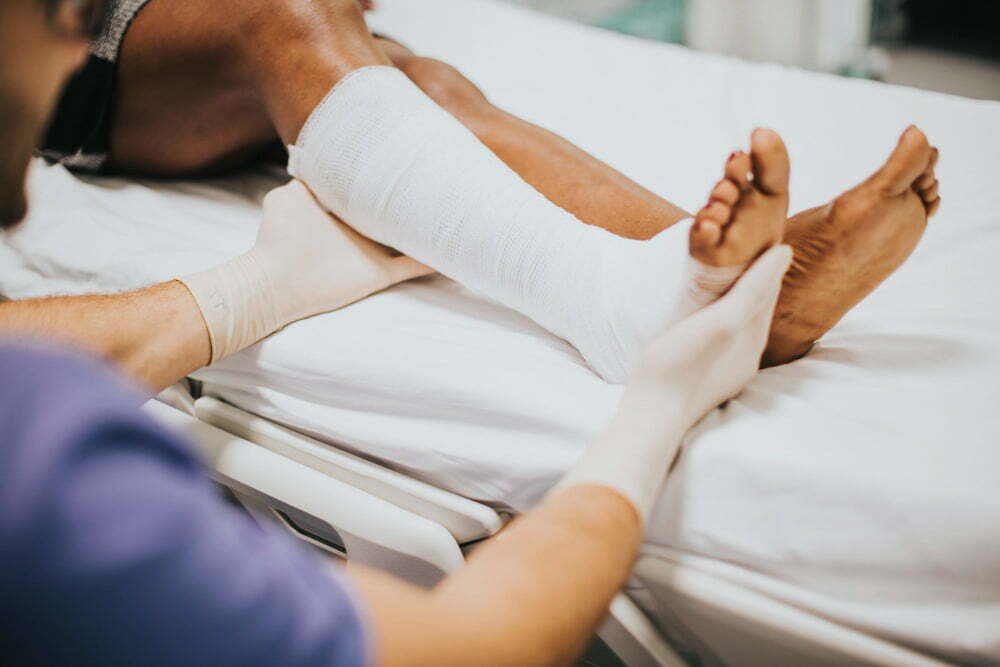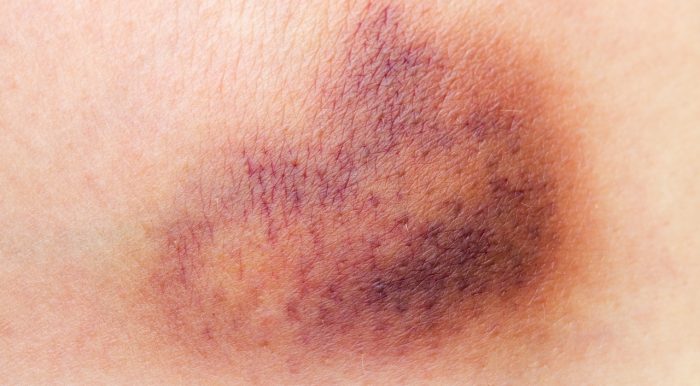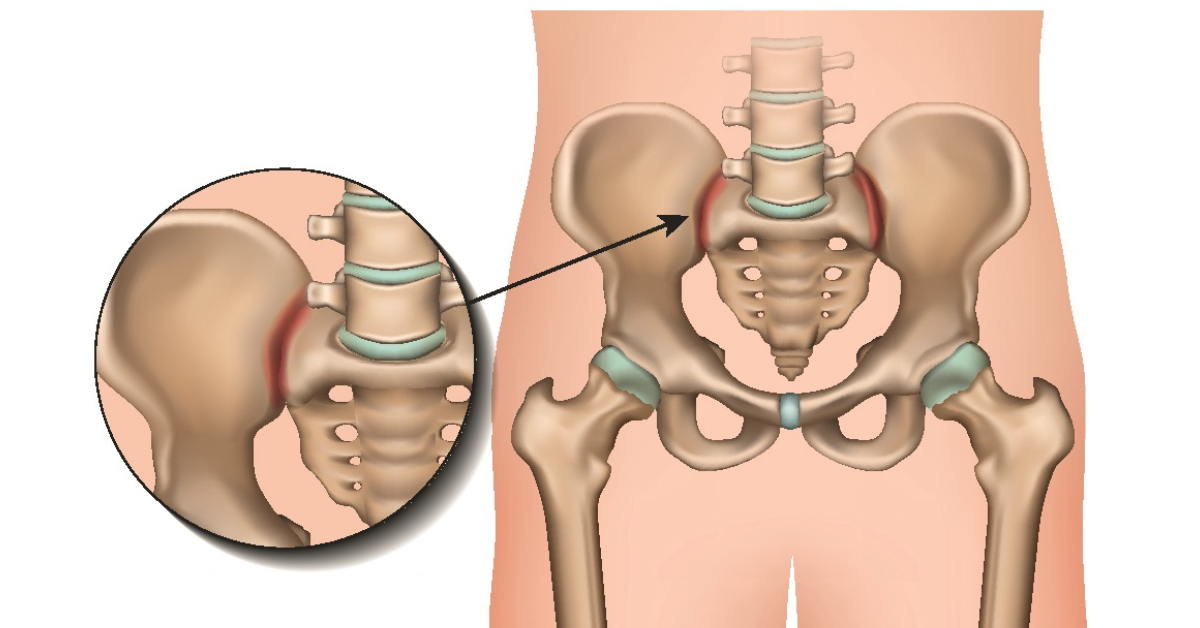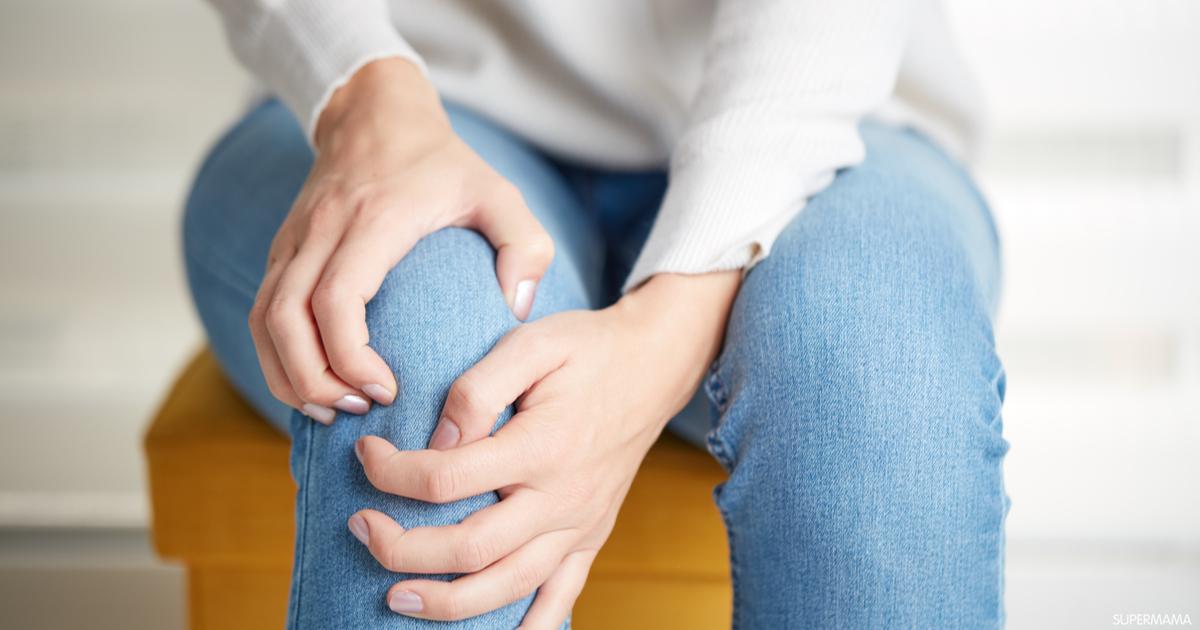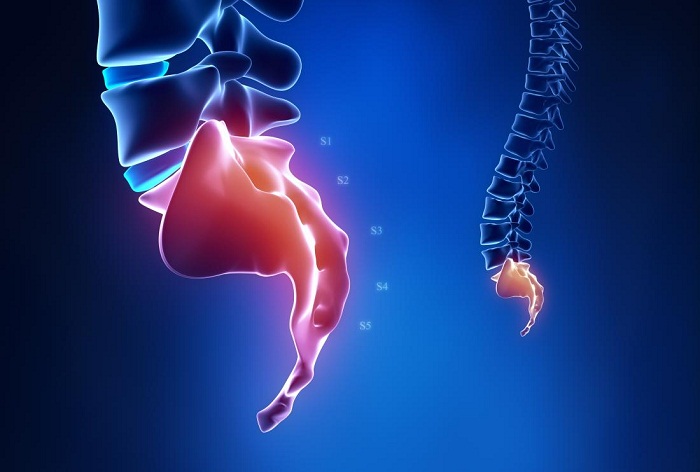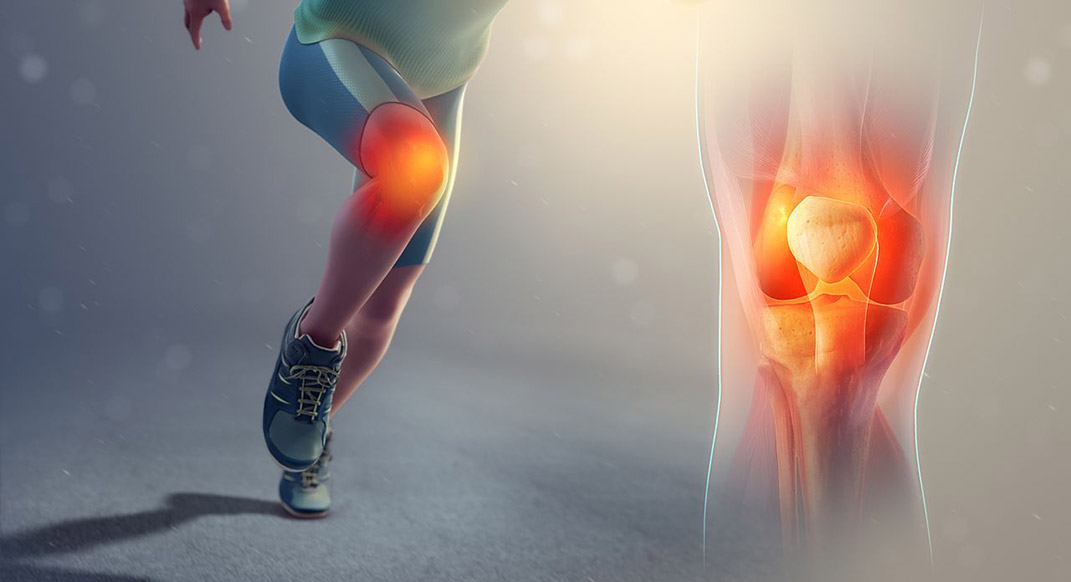The difference between a bruise and a crack
Bone injuries and their causes vary, and often a crack or fracture occurs in the affected bone, resulting in pain and a bruise followed by swelling. In this article, we show you detailed information about bruises and cracks and the difference between them… so follow us
The difference between a bruise and a crack
Although the human body, especially the bones, is prepared to withstand shocks or pressures, that certain injuries may occur to the bone or blood vessels and tissues, causing bruises and cracks in the affected part. There are differences between a bruise and a crack, and this is what we will introduce you to in the following.
What are bruises?
The appearance of blue marks tending to black in the most appropriate description of the shape of bruises that appear on the skin as a result of damage to the blood capillaries that exploded under the surface of the skin in what is known as a bruise or bruise.
Causes of body bruises
There is more than one reason that may result in a bruise on the skin, including
- Exposure to accidents: Injuries resulting from accidents can cause a bruise to appear on the skin.
- Platelet deficiency: One of the symptoms of platelet deficiency in the body is the appearance of scattered bruises on the skin.
- Vitamin deficiency: Bruises may appear on the skin as a result of a lack of vitamins in the body, which are an essential element for wound healing and the body’s recovery.
- Certain types of medications: Some medications cause sudden bruising on the skin, including anticoagulants or antidepressants.
- Age of the patient: Advance age is one of the factors that may lead to thinning of the skin and weakness in the capillaries, which leads to faster bursting and bruising in the body.
What is a Crack?
Bone Crack is one of the injuries that occur in the bones as a result of exposure to an accident or great pressure on the bones, and it may affect any part of the bones of the body and cause severe pain and swelling in the skin. Cracks result from a person falling from a high place and sometimes from severe stress to the bones, especially in athletes, or osteoporosis, which makes the bones weaker in the face of injuries.
Types of bone Cracks
There are more than one type of crack that affect the bones for various reasons, and these types are as follows:
- Complete crack: It is the occurrence of a complete crack in the bone that leads to its division into two halves.
- Partial crack: affects part of the bone and does not cause the bone to split.
- Closed crack: It is an internal crack in the bone that does not result in damage to the tissues covering the bone.
- Open crack: It is a type of crack that can be seen as a result of a cut in the skin and tissues surrounding the bone.
- Displaced crack: It is the movement or separation of some part of the broken bone from each other, which usually requires surgery.
- Stress crack: It occurs as a result of repeated excessive pressure or stress for this part of the body, and it may not be detected except by x-rays and imaging of the affected area.
Signs of bone Cracks
Some immediate symptoms may appear that alert a person to a crack in the bone and the need to quickly go to a specialist orthopedist, including the following:
- The presence of a change in the color of the skin and it is tilted to black.
- Severe pain and excessive swelling in the affected area.
- Medically refrain from moving the affected part.
- Sometimes there is bleeding that accompanies the “open Crack”.
The difference between a bruise and a crack
Bruises appear on the skin after damage to the blood capillaries in the body, and it may be sudden or as a result of exposure to an accident, and it has a distinctive shape on the skin, which is redness tending to blackness. As for cracks, they are often the result of a major injury to the bone or excessive pressure on it, and it may result in a bruise sometimes.
Is bruising a sign of fracture?
Bruises appear on the skin for many reasons, including fractures in the bones that cause damage to the capillaries and the tissues around them, which results in the appearance of bruising marks on the skin and swelling in severe cases.
The bruises that accompany fractures in the bones are called prominent bruises, and they are also common in cases of sprains or cracks that affect the bones, and the bruises begin to fade over time and start treating the fracture, so it is important to return to the doctor as soon as possible in order to work on splinting before complications occur.
What is the bruise and its causes and methods of first aid?
Bruising that affects the body is one of the forms of bleeding that occurs in the capillaries as a result of damage or a blow to this area that caused damage to the tissues, which caused leakage of amounts of blood under the skin, and the bruise appeared in its shape that looks like dark blue spots.
Here are the causes of bruising
There are many causes of bruises in the body, some of which are the result of trauma or accidents, and others that result from some disorders that occur in the body, and we learn about these causes in detail in the following:
- Genetic factors: In some cases, the body begins to show signs of bruises in separate parts of it as a result of a specific defect in the genes.
- Bleeding disorders: Some diseases affect blood clotting in the body and thus lead to the appearance of dark spots “bruises” on the skin, including platelet deficiency and hemophilia.
- Alcohol consumption: Excessive alcohol consumption leads to damage to the liver and makes it lose its ability to produce proteins properly, which makes the person vulnerable to bleeding and bruising.
- Leukemia: The appearance of bruises on different parts of the skin is a common symptom of leukemia.
- Use of some drugs: There are types of drugs that cause platelet deficiency – as a side effect – which may usually cause some bruising.
First aid for bruises
In the event of a bruise, there are some first aids that a person may follow or someone does for him, and they help in worrying about the resulting damage, including the following:
- Take a rest as much as possible because there are bruises caused by excessive stress on the affected area.
- Using ice packs and placing them on the bruise for a period of 10-20 minutes, it can be done more than once a day for two days and follow up on the improvement of the bruise.
- Use an elastic bandage on the bruised site, and it should not be over-tightened.
The response of the bruised area to first aid must be monitored, and in the event of swelling, severe pain, or blood clots over the bruise, the injured person needs to return to the specialist doctor to follow up on the condition and take the necessary procedures.
Bruise symptoms
There is more than one factor that leads to the appearance of bruises on the skin, but the question now is what are the symptoms that, if you notice them on the skin, recognize the presence of a bruise in this area and begin to perform first aid for it until you consult your doctor, the symptoms of bruises are as follows:
- Feeling pain in the affected part, especially when touching.
- The presence of spots on the skin at the site of the injury, the color of which is a mixture between red and black.
- Sometimes the pain affects parts adjacent to the place of the crisis.
- The appearance of inflammation in the joint in which the bruise occurred.
How long do bruises last?
Bruises usually heal in a period of 7 to 14 days, and this is due to the body’s response to treatment and the strength of the accident causing the bruise, as well as the area affected by the bruise in the body, all these factors may lead to an increase in the time it takes to heal.
The color of the bruise usually ranges from the beginning of the injury until the recovery stage is reached, the bruise appears after exposure to the accident in red in the affected part of the body, then the color of the skin turns black due to the return of oxygen to the doctor’s rate in the injured part.
Green colors appear, followed by yellow, on the bruised skin in the last stages before recovery from the injury, and the skin color returns to its natural color after about two weeks of treatment.
When are bruises dangerous?
Usually, first aid such as rest, ice, and bandages can do the trick and contribute to the patient’s recovery from bruises, but some more serious conditions require resorting to a doctor and direct treatment, including
- Swelling at the site of injury.
- Increasing redness followed by constant pain at the site of the bruise.
- The recurrence of bruises in separate areas of the body.
- The appearance of a blood clot above the bruise.
- Sudden nosebleeds or gums.
- The presence of a sick history of bruises in the patient’s family.
When such symptoms appear in a person with a bruise, it is important to refer to a specialized consultant in order to follow up with him the development of the condition and appropriate treatment methods.
How do you deal with bruises?
There is more than one method that can be followed at home that enables you to control and treat a bruise, the most important of which are the following:
- The injured person can use ice packs or cold water, which act as anti-swelling and reduce the feeling of pain associated with the bruise.
- After feeling an improvement in the skin, the patient can use warm water compresses that enhance blood flow naturally in the affected part.
- Topical creams that contain different types of vitamins, such as vitamin K and vitamin C, can be used to speed up the healing process and reduce swelling.
- Reducing pressure on the injury site and providing the patient with the necessary comfort.
- Use bandages on the site of injury to drain excess fluid causing swelling in the bruised area.
- Analgesics can be used to relieve pain during the duration of the bruised skin.
These tips will help you reduce the pain of a bruise and heal most of the time without seeing a doctor, but they should be followed regularly for one to two weeks.
Does cold water treat bruises?
Studies have shown that resorting to compresses with cold water or ice and placing them directly on the site of the bruise helps to reduce the pain and swelling caused by the injury. The compresses act as an anti-inflammatory, so they help speed up the recovery of the bruised person.
Warm water can also be used in the last stages of healing from a bruise because it works to normalize blood flow in the affected part, and thus the skin color returns to its normal faster and the healing process is better.


